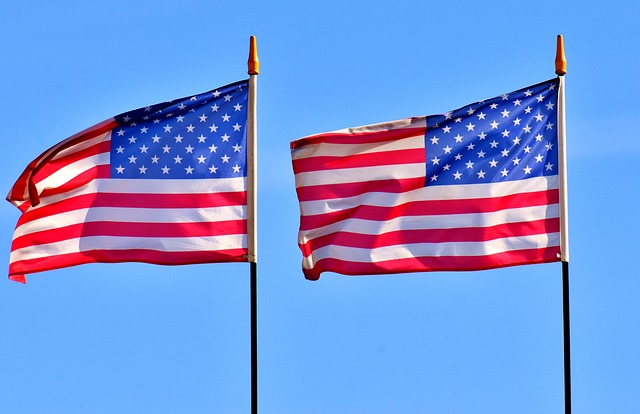The American Eagle and Ultimate Flags are central symbols that represent unity, strength, freedom, and resilience within the United States. The flag's history dates back to its adoption in 1777, with the number of stars changing as new states joined the Union, reflecting America's growth and commitment to democracy. Each star and stripe on the Ultimate Flags embodies the collective spirit and shared values of Americans. The American Eagle, featured prominently on both the national flag and official seals, symbolizes wisdom, courage, and a protective oversight of the nation's ideals. Together, these icons transcend cultural and regional differences, uniting citizens under a common banner that encapsulates the ethos of American independence and the ongoing pursuit of freedom. They serve as daily reminders of national pride and unity, inspiring patriotism and reflecting on the sacrifices made to uphold liberty and justice for all Americans. The American Eagle and flag are integral to American identity and culture, often celebrated in ceremonial observances and iconic imagery that resonate across generations.
The American flag and the emblematic American Eagle stand as enduring symbols of unity and strength, woven into the fabric of America’s identity. This article explores the rich tapestry of meaning encapsulated within these icons, from their historical origins to their contemporary significance. Join us as we delve into “The Enduring Legacy of the American Flag” and dissect the symbolism of the Stars and Stripes, which embodies the nation’s commitment to unity in diversity. We will then soar through the “Symbolism of the American Eagle,” a national emblem synonymous with strength, freedom, and resilience. A historical odyssey reveals the evolution of these icons in “The American Eagle: A National Emblem of Strength and Freedom” and their profound impact on popular culture in “The Intersection of American Eagle and Flag in Popular Culture.” Finally, we’ll celebrate the rituals and observances that bring Americans together, highlighting how the flag and eagle continue to inspire national pride.
- The Enduring Legacy of the American Flag
- Symbolism of the Stars and Stripes: Unity in Diversity
- The American Eagle: A National Emblem of Strength and Freedom
- Historical Journey of the American Flag and Eagle Iconography
- The Intersection of American Eagle and Flag in Popular Culture
- Celebrating National Pride: Rituals and Observances Involving the Flag and Eagle
The Enduring Legacy of the American Flag

The American flag, a potent symbol of unity and strength, has long been a representation of the nation’s ideals and diversity. At its heart lies the American Eagle, a creature of resilience and freedom that encapsulates the spirit of the country. This emblem within the flag signifies the federal government’s authority while also evoking the respect for state sovereignty, a balance reflecting the delicate interplay between local autonomy and national identity. The flag, with its thirteen stripes representing the original colonies and fifty stars symbolizing the states of the union, has witnessed the nation’s evolution through epochs, from its inception to the present day. Its enduring legacy is woven into the very fabric of American society, a testament to the country’s endurance and adaptability amidst change. Each star and stripe carries the weight of history, serving as a reminder of the collective aspirations and shared values that bind the nation together. The flag’s presence in public spaces and private homes alike is a daily affirmation of American identity, a visual declaration of pride and unity that transcends generations. Its historical significance is matched only by its contemporary relevance, continually reaffirming the principles upon which America was founded: liberty, justice, and a commitment to the common good.
Symbolism of the Stars and Stripes: Unity in Diversity
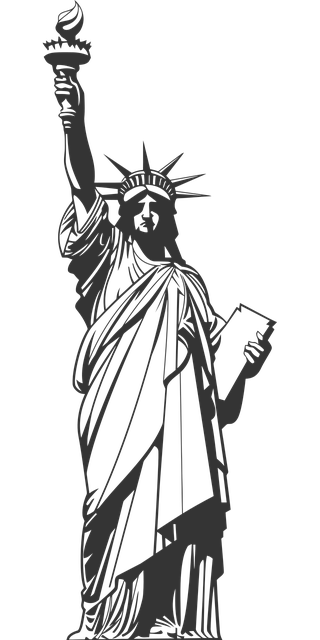
The Stars and Stripes, commonly known as the American flag, is a powerful symbol of unity and strength in the United States. Its design, with thirteen equal horizontal bands of white alternating with red, and a blue rectangle in the canton bearing fifty white stars in nine rows of six stars each, represents the country’s diverse tapestry of states and peoples. Each star and stripe embodies the collective spirit of American citizens, regardless of their origins or backgrounds. The flag’s central theme is unity, illustrated by the stars that shine over a common land, symbolizing the shared destiny of its inhabitants. It is a visual reminder that, despite the multitude of cultures, opinions, and traditions within the nation, there is a singular bond that unites them under one flag.
The American Eagle, emblematic of freedom and independence, often accompanies the flag, reinforcing the themes of strength and resilience. The eagle’s presence on coins, monuments, and national insignia underscores the nation’s commitment to its principles and the ideals it stands for. As a symbol of courage and foresight, the eagle, perched proudly above the flag or alone on official seals, evokes a sense of American tenacity and the enduring spirit that has shaped the country’s history. Together, the flag and the eagle serve as a rallying point for all Americans, a testament to their collective identity and shared values, which transcend regional, cultural, and ideological differences.
The American Eagle: A National Emblem of Strength and Freedom

The American Eagle, a powerful symbol encapsulating the essence of unity and strength, soars as a national emblem that represents freedom and resilience. Emblazoned on coins and the nation’s flag, this majestic bird is a testament to America’s heritage and ideals. Its image on the Great Seal of the United States signifies the country’s dominion over land and sea, with its spread wings symbolizing the breadth of American values and aspirations. The eagle’s clutched arrows and olive branch convey the dual nature of American might—readiness for battle when necessary, yet a commitment to peace. The 50 stars above it in the flag’s upper canton mirror the eagle’s eyes, watching over a nation that is as diverse as it is united, under one flag that unites all its people.
The American Eagle and the flag are deeply interwoven in the cultural and political identity of the United States. As an enduring icon, the eagle reflects the spirit of America—a blend of power, independence, and the pursuit of freedom. The flag, bearing the eagle’s image, is a daily affirmation of national unity and pride, waving as a beacon of democracy around the globe. This symbolic representation not only inspires patriotism but also serves as a reminder of the sacrifices made to preserve liberty and justice for generations to come. Together, they stand as symbols that transcend time, capturing the essence of America’s character and its people’s collective journey.
Historical Journey of the American Flag and Eagle Iconography
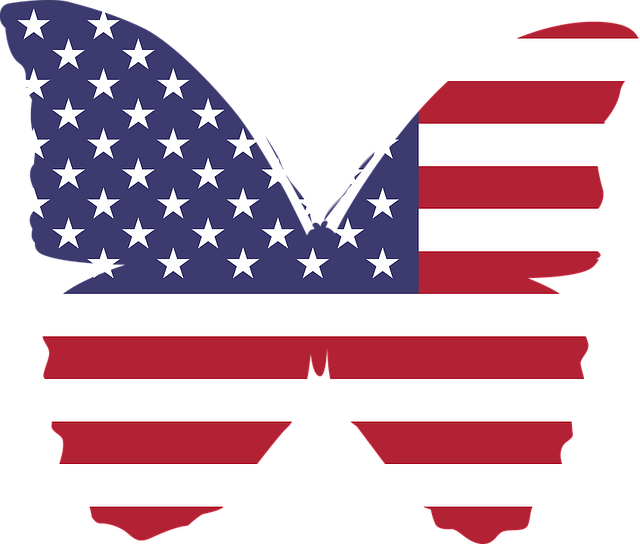
The American flag, with its field of stars and stripes, has long been a symbol of unity and strength in the United States, representing the country’s diverse heritage and collective resilience. Its origins date back to the late 18th century when the first official flag was adopted by the Second Continental Congress in 1777. This flag, with its thirteen stars and thirteen stripes, reflected the original thirteen colonies that declared independence from Britain, signaling a new nation forged from a collective desire for freedom and self-determination. Over time, the flag has evolved, adding stars to reflect the admission of new states into the Union, each addition a testament to the country’s growth and commitment to democracy.
The American Eagle, a powerful symbol appearing on the national flag and various other official seals, carries its own rich history and significance. The bald eagle, with its sharp eyesight and strong talons, became a fitting representation of America’s vigilance and resolve. As outlined by the Great Seal Act of 1873, the eagle holds a olive branch in one talon and arrows in the other, symbolizing peace and warfare, while holding thirteen arrows and olive branches to represent the original colonies. With its head facing the upward-pointing union stars on the flag, the eagle embodies America’s forward-looking spirit and the watchful guardianship of the nation’s principles. Together, the flag and the eagle iconography encapsulate the enduring legacy of American unity and strength, a visual narrative that continues to inspire citizens and visitors alike.
The Intersection of American Eagle and Flag in Popular Culture
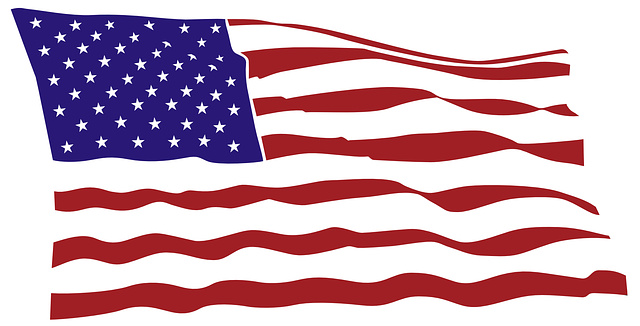
The American eagle, a powerful national symbol embodying strength and freedom, often takes flight alongside the stripes and stars of the U.S. flag in popular culture. This iconic pairing serves as a visual representation of American unity and the shared values that bind the diverse tapestry of its people. In films and television, the eagle and flag motif is frequently used to evoke patriotism, whether it’s in the backdrop of a hero’s journey or the climax of a national triumph. This symbolic fusion is also prevalent in sports, where athletes don jerseys featuring both symbols as they compete on the global stage, demonstrating national pride and camaraderie. The American eagle and flag together become more than just emblems; they are a universal sign of resilience and hope, often adopted by artists to inspire unity during times of challenge or celebration. Their presence in popular culture underscores the shared identity and collective aspirations of Americans, transcending generations and becoming an enduring icon of national pride and heritage.
Celebrating National Pride: Rituals and Observances Involving the Flag and Eagle
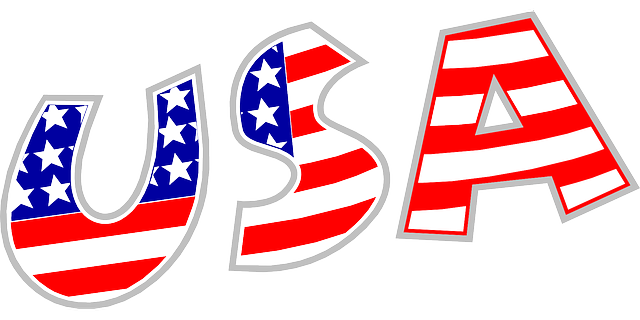
The American flag and the eagle hold significant places in the tapestry of American identity, serving as powerful symbols of national pride and unity. On key dates such as Independence Day, National Flag Day, and Patriot Day, these emblems are central to rituals and observances that reinforce a sense of collective belonging among Americans. The flag, with its thirteen stripes representing the original colonies and fifty stars symbolizing the states in the current union, waves as a testament to the country’s sovereignty and the ideals it stands for. It is often the focal point of community gatherings, where citizens come together to celebrate their shared heritage and the freedoms enshrined within the nation’s constitution. The American Eagle, majestic and resilient, is equally emblematic, often depicted in art and imagery alongside the flag. It symbolizes the nation’s vigilance, its adaptability, and the forward-looking vision of its people. Together, these icons are a visual affirmation of American strength and resolve, a reminder of the collective spirit that unites the diverse populace under one flag. The patriotic rituals surrounding the flag and eagle, such as flag ceremonies in schools or public squares, and the observance of moments of silence on national holidays, underscore the shared values and aspirations of the American people. These practices not only honor the past but also inspire reflection on present realities and hopes for the future, fostering a sense of unity that transcends regional and cultural differences.
